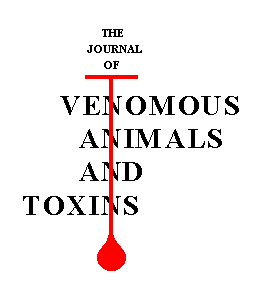Resumo em Inglês:
It is generally recognized that energy absorbed from ionizing radiation (gamma rays) can inactivate biological material in two ways. A direct effect occurs when the primary event, i. e., ionization, is produced in the molecule itself. This is the case when a compound is irradiated in dry state. When a compound is irradiated in a solution, the indirect effect joins the direct(9). Since water is the most abundant constituent of biological material, it is important to consider the species produced by excitation and ionization of water itself, and the reaction of these species with the target molecules of biological importance. This indirect effect results from the reactions among the studied molecules and the products of radiation interaction with water or other solvents. Highly reactive compounds, the so-called free radicals, which are formed undergo many reactions among themselves, with the dissolved gas, and with other molecules in the solution. With water, the excitation is less important than ionization which is followed within picoseconds by the formation of free hydroxyl radicals and hydrated electrons(2,4,16). Alexander & Hamilton(1) showed that irradiation of proteins has revealed damage to aminoacid side chains, production of new groups, splitting of peptide bonds and formation of intramolecular and intermolecular cross-links. With these results, it would be possible to use of ionizing radiation to change those protein molecules in order to improve some of their properties according to the necessity. On the other hand, it is recognized that venoms in general are poorly immunogenic, yet fairly toxic(15). This causes problems because serotherapy is the treatment of choice in snakebite envenomations, and horse antivenom availability is dependent upon immunogenicity.
